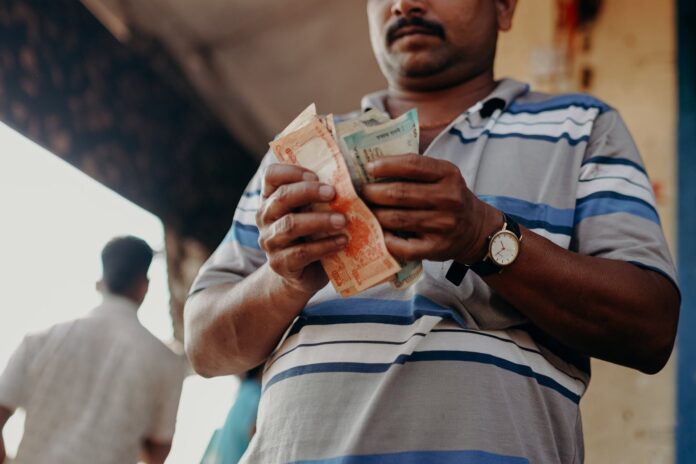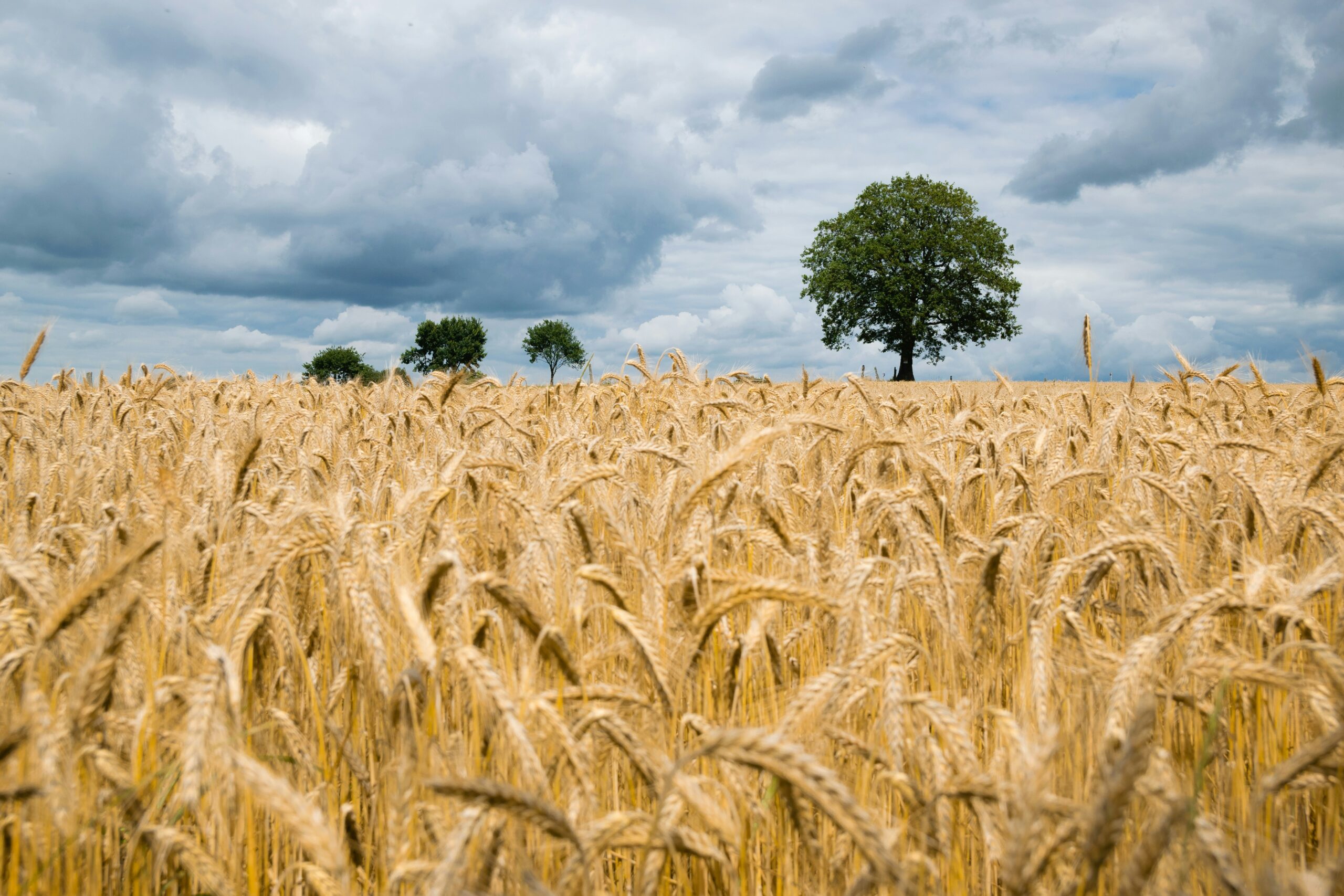
In the vibrant streets of India, a quiet revolution is reshaping the landscape of the FMCG sector, challenging conventional wisdom about rural and urban markets. The recent resurgence in this sector is not merely about statistical growth; it’s about a profound transformation that reaches deep into the heart of the nation.
Rural Renaissance:
In the vast tapestry of rural India, where agriculture has long been the lifeblood, the past few quarters were marked by economic challenges. Rural consumers, facing tightened budgets, put a brake on non-essential spending. However, beneath the surface, a transformation was underway. Recent data illuminates a story of resurgence—a tale of resilience, adaptability, and the shifting aspirations of rural India.
Rural consumers are no longer satisfied with mere essentials. They are embracing a diverse array of products and services, signalling a newfound confidence in their economic strength. The narrative in rural India is evolving, reflecting the essence of a burgeoning rural renaissance.
Urban Momentum:
In the bustling urban centers, the narrative is one of stability and continued momentum. Urban consumers are displaying robust spending patterns, shaping market dynamics in their unique fashion. Their preferences not only fuel economic growth but also represent the pragmatic yet aspirational spirit of urban living.
While this urban dynamism may not grab headlines, it serves as the foundation of India’s economic stability. Urban consumers are not just participants but the architects of a thriving consumer market.
Packaging Preferences and Cultural Nuances:
A fascinating shift in packaging preferences provides insights into the deeper cultural and economic nuances of the nation. In rural areas, smaller-sized packs are gaining favor due to practicality and affordability, mirroring the down-to-earth mindset of rural consumers. In contrast, urban markets have a penchant for average pack sizes, but the preference for larger packs persists, reflecting a quest for value—an embodiment of the urban consumer’s pragmatic yet aspirational nature.
These packaging choices are not mere conveniences; they mirror the evolving aspirations and choices of Indian consumers, who adapt to their unique circumstances.
External Factors:
The reduction in price growth, driven by factors like moderated inflation, improved employment figures, and stable fuel prices, has empowered consumers to open their wallets. This alignment of economic empowerment and government policies is altering consumption patterns.
It’s not just a reaction to market dynamics; it’s a response to a changing economic environment, orchestrated by both consumers and external factors.
Divergent Consumption Styles:
India’s consumption patterns stand out on the global stage. Unlike other markets where growth hinges on price hikes, India’s story is one of voracious consumption. Despite grappling with persistent inflation, the Indian consumer continues to broaden their consumption horizons.
In rural India, personal care segments are witnessing positive volume growth, marking a significant shift. In urban areas, non-food sectors are enjoying a surge in consumption. This confluence of rural and urban trends represents a transformation that transcends mere statistics.
The Future:
This resurgence carries the promise of new possibilities, inviting consumers on fresh journeys of exploration. It paints an evolving economic narrative that holds the potential to uplift both individuals and communities.
The question that lingers is not whether this resurgence is momentary but whether it signifies a lasting transformation. As we navigate the path ahead, the signs seem to point towards a more promising and harmonious future.



































